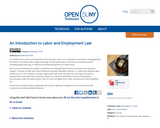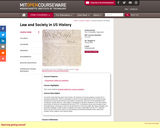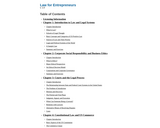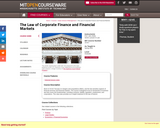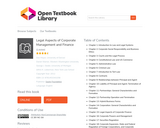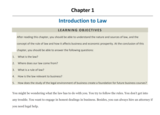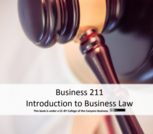
Contents
Chapter 1: Introduction to Law and Legal Systems
Chapter 2: Corporate Social Responsibility and Business Ethics
Chapter 3: Courts and the Legal Process
Chapter 4: Constitutional Law and US Commerce
Chapter 5 Criminal Law
Chapter 6 Introduction to Tort Law
Chapter 7 Introduction to Contract Law
Chapter 8 The Agreement
Chapter 9 Real Assent
Chapter 10 Consideration
Chapter 11 Legality
Chapter 12 Form and Meaning
Chapter 13 Third-Party Rights
Chapter 14 Discharge of Obligations
Chapter 15 Remedies
Chapter 16 Products Liability
Chapter 17 Intellectual Property
Chapter 18 The Nature and Regulation of Real Estate and the Environment
Chapter 19 The Transfer of Real Estate by Sale
Chapter 20 Landlord and Tenant Law
Chapter 21 Insurance
Chapter 22 Relationships between Principal and Agent
Chapter 23 Liability of Principal and Agent: Termination of Agency
Chapter 24 Partnerships: General Characteristics and Formation
Chapter 25 Partnership Operation and Termination
Chapter 26 Hybrid Business Forms
Chapter 27 Corporation: General Characteristics and Formation
Chapter 28 Legal Aspects of Corporate Fin
Chapter 29 Corporate Powers and Management
Chapter 30 Securities Regulation
Chapter 31 Corporate Expansion, State and Federal Regulation of Foreign Corporations, and Corporate Dissolution
Chapter 32 Employment Law
Chapter 33 International L
- Subject:
- Business and Communication
- Law
- Material Type:
- Textbook
- Author:
- College of the Canyons
- Date Added:
- 02/02/2021


